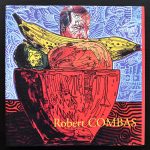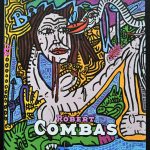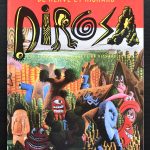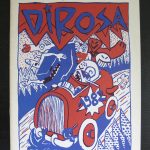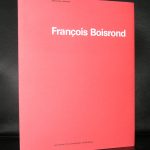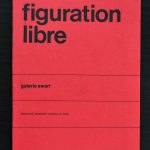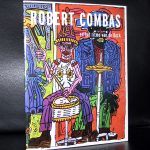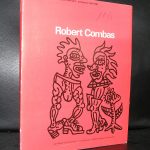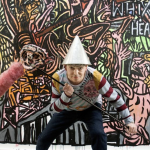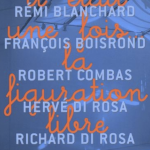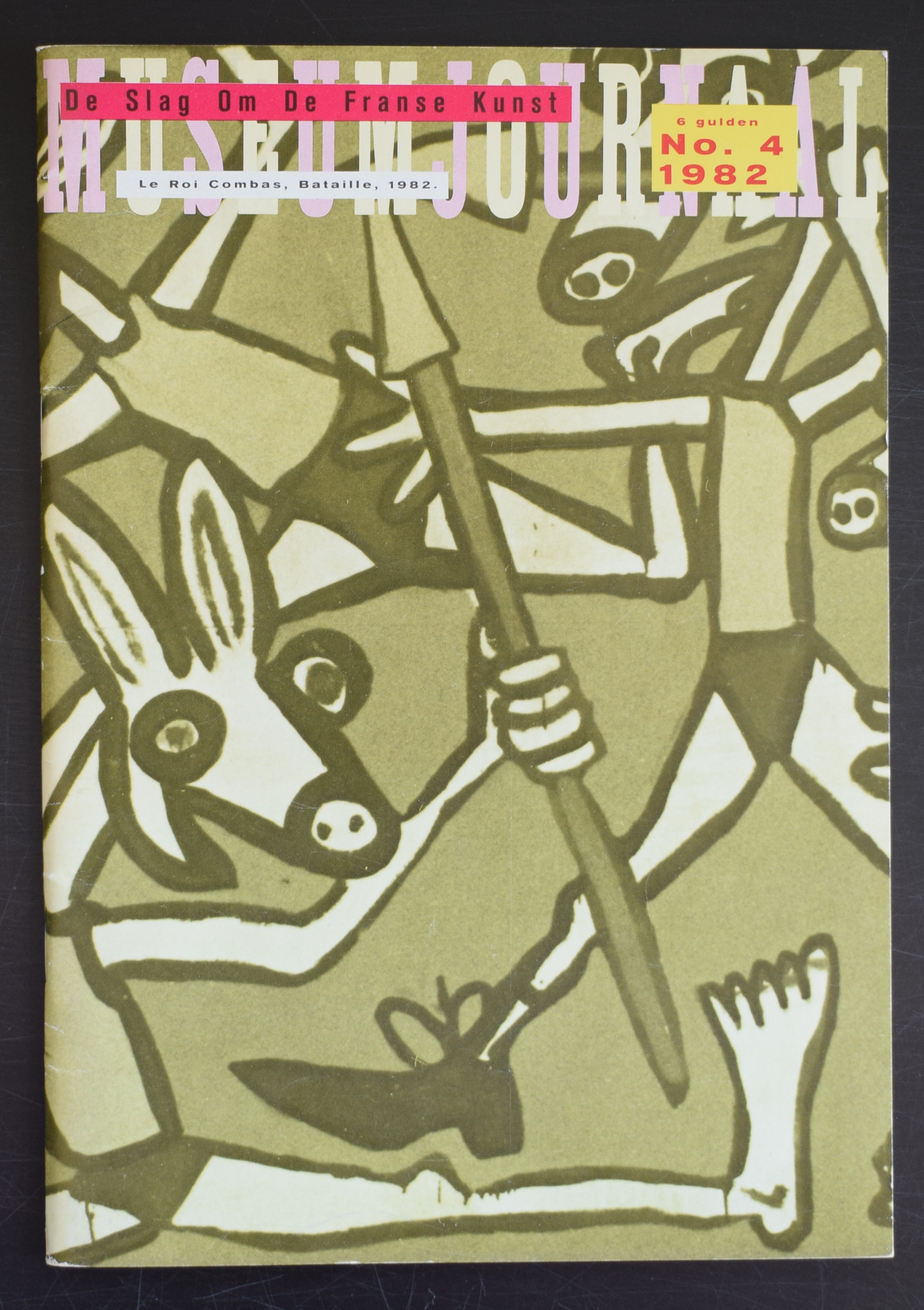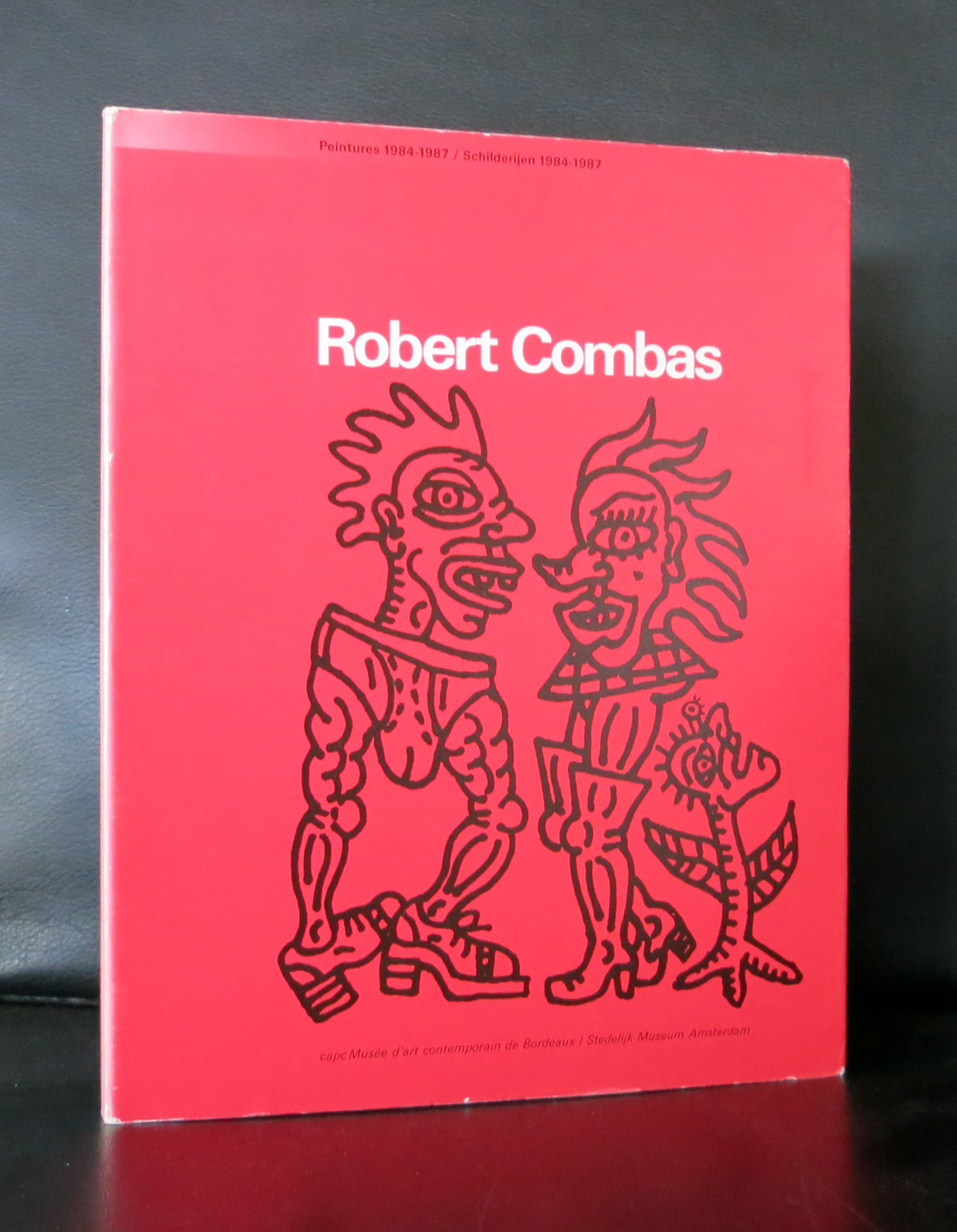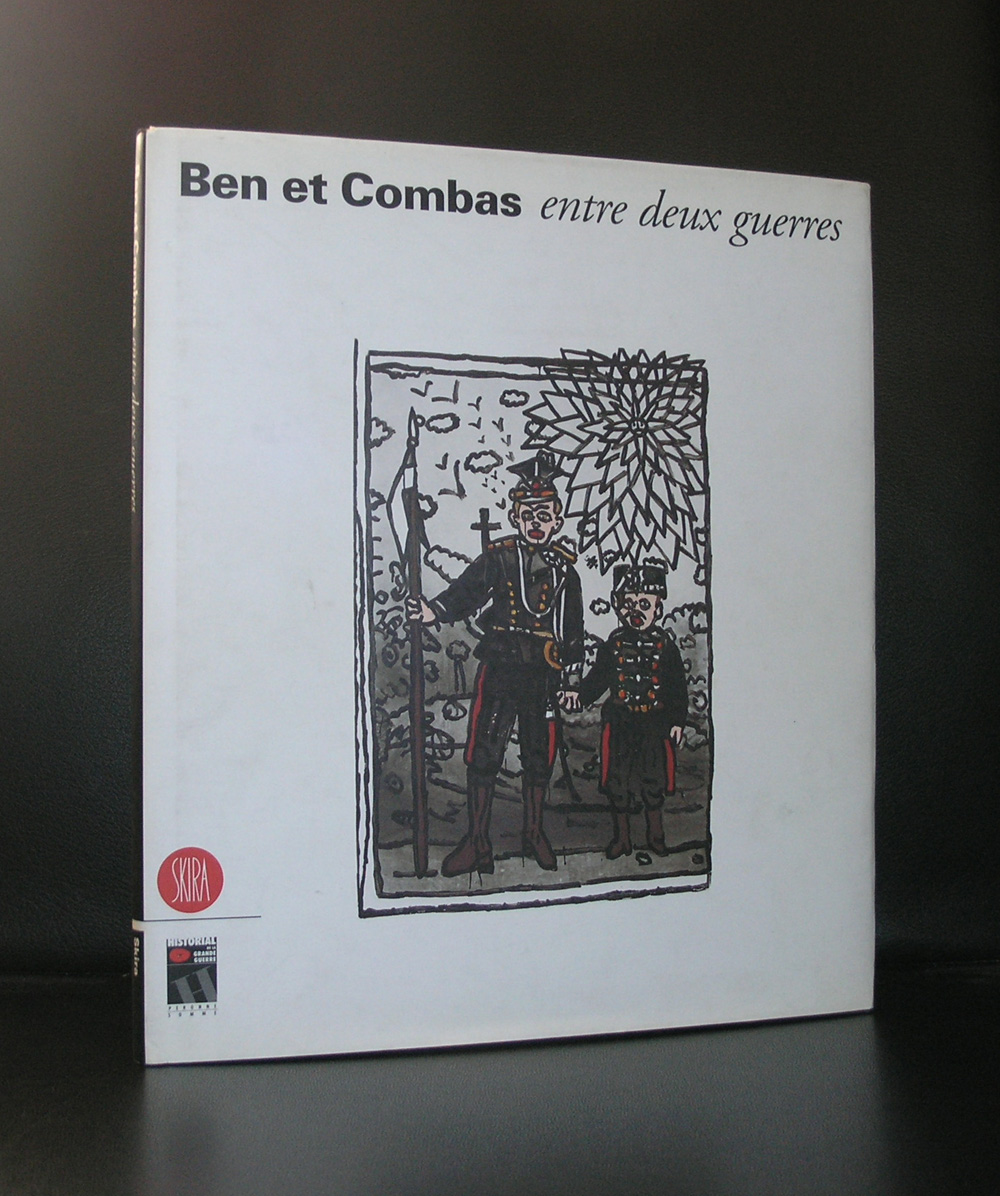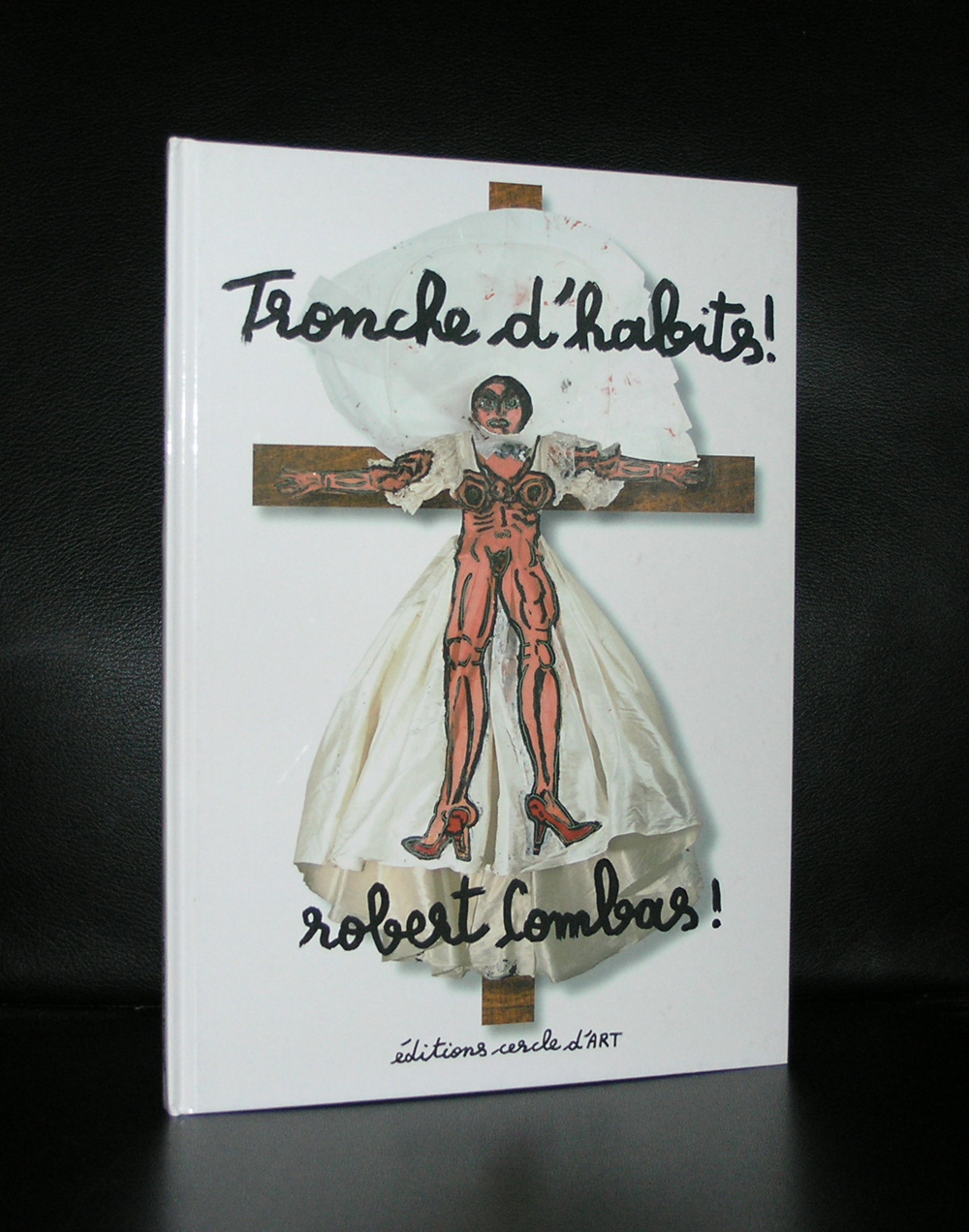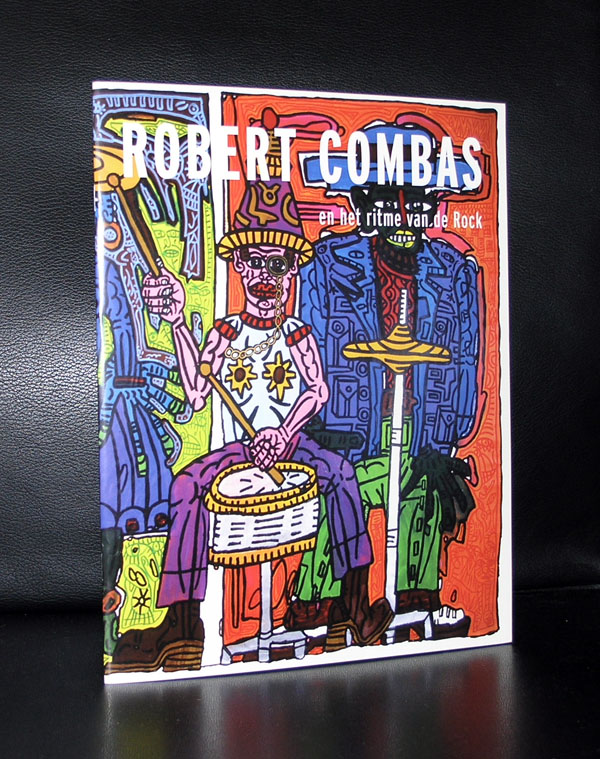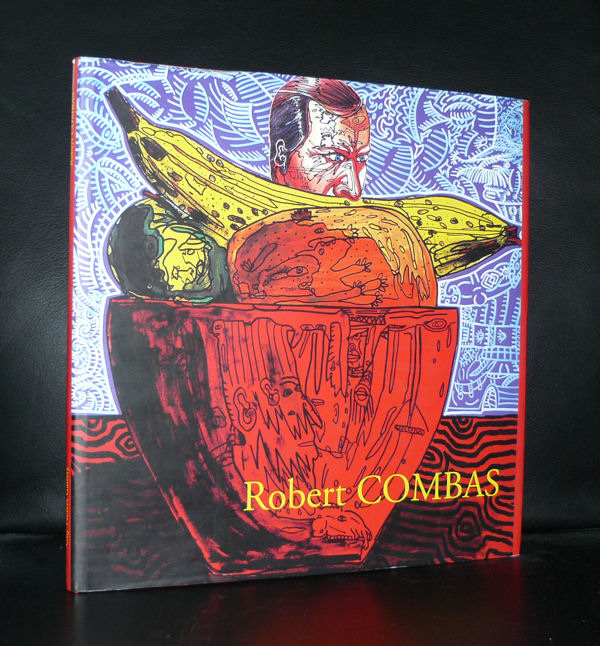
We are relocating!
In the coming weeks we will be occupied with packing and moving our internet store inventory. The entire collection needs to be transferred from Leidschendam to Oegstgeest, and this will take some time.
If all goes according to plan, we will be fully operational again on November 21st, but until then, it may happen that we are unable to immediately assist you with your order. We ask for your understanding, but as soon as possible, your order will be fulfilled with the utmost speed
During the early 1980s, Robert Combas introduced a new form of figurative painting that left a lasting impact on the art scene. His pioneering work in the movement dubbed “Figuration Libre” by Ben Vautier brought together other notable artists such as Rémi Blanchard, François Boisrond, and Hervé Di Rosa.
Inspired by a sense of freedom, this art form boldly depicts various aspects of society such as violence, sexuality, human suffering, and simple pleasures. It also sheds light on societal flaws and narrow-mindedness, as well as moments of greatness.
Influenced by rock culture, popular imagery, childhood literature, school textbooks, and all that defines popular culture accessible to the masses, my approach sometimes involves using abstract techniques, reminiscent of abstract expressionism. However, the humorous and down-to-earth side of me is reflected in the figurative aspect of my work. It was initially a response to the intellectual paintings of the mid-seventies. Growing up in a working-class background and navigating through two different worlds, my paintings hold a deeper meaning. They exude a sense of boundless energy and offer a glimpse into my unrestricted creativity. Unlike cartoons, where one must adhere to set characters, my paintings grant me complete freedom – even with the format.
www.ftn-books.com has a special selection of books on Combas available.





















